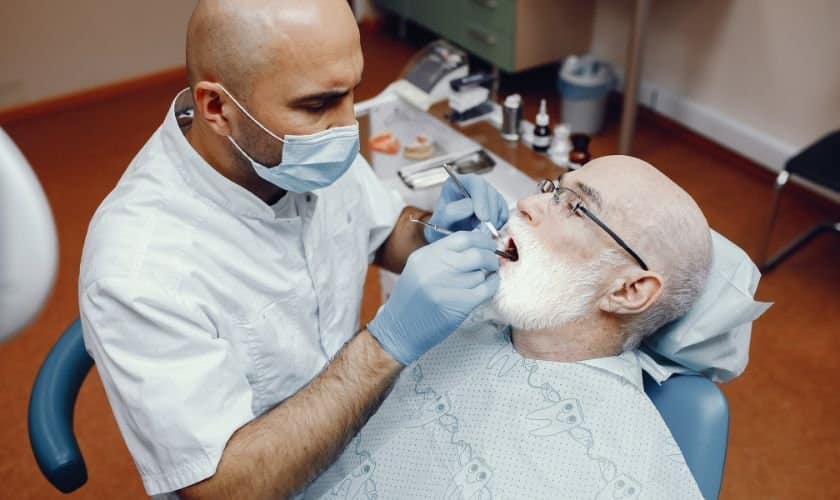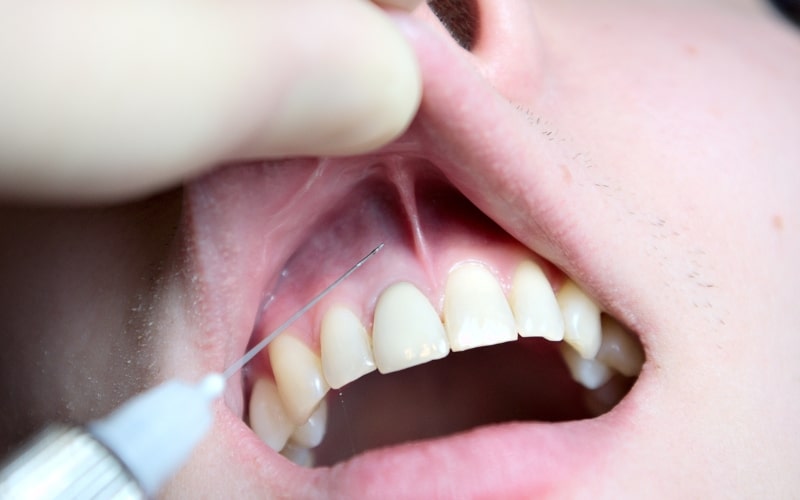27382 Calle Arroyo, San Juan Capistrano, CA, 92675

When it comes to maintaining a healthy smile, dental crowns, and bridges are two popular options that can help restore the natural look of your teeth. But what exactly are these dental procedures? How do they work? And most importantly, which one is right for you? Whether you’re looking to fix a broken tooth or fill in gaps from missing teeth, this article will provide everything you need to know about dental crowns and bridges. So sit back, relax, and get ready to learn how these simple yet effective solutions can help improve your oral health!
What are dental crowns and bridges?
Dental crowns and bridges are both dental restorations that can help improve the appearance, function, and strength of damaged or missing teeth. A dental crown is a tooth-shaped cap that fits over an existing tooth to protect it from further damage or restore its shape, size, and color. It’s commonly used for cracked, broken, decayed, or weakened teeth that cannot be repaired with fillings or bonding.
On the other hand, a dental bridge is a prosthetic device that replaces one or more missing teeth by bridging the gap between two adjacent teeth using artificial teeth called orthodontics. The orthodontics are attached to metal frames anchored to the remaining natural teeth on either side of the gap.
Both dental crowns and bridges can be made from various materials such as porcelain, ceramic, metal alloys (gold), resin composite (tooth-colored), zirconia (stronger than porcelain), or a combination of these materials depending on your needs and preferences.
While dental crowns are typically recommended for individual damaged teeth only; Dental bridges may be suggested when there are multiple losses in your oral cavity.
The different types of dental crowns and bridges
Dental crowns and bridges are essential for restoring damaged or missing teeth. There are different types of dental crowns and bridges, each with its unique benefits.
One type of dental crown is the ceramic crown, which is made from porcelain material that matches the color of your natural teeth. This type of crown is ideal for front teeth because it looks natural and blends well with your smile.
Another type of dental crown is the metal alloy crown, which is made from a combination of metals like gold or silver. These crowns are durable and long lasting, making them suitable for molars that withstand heavy chewing forces.
There’s also a porcelain-fused-to-metal (PFM) crown that combines the strength of metal alloys with the aesthetics provided by ceramics. PFM crowns have been used in dentistry for many years due to their durability and aesthetic appeal.
When it comes to bridge types, there’s the traditional bridge – which involves anchoring two abutment teeth on either side of a gap where one or more missing teeth need replacement using an artificial tooth called pontic; cantilever bridge – similar but only anchored on one abutment tooth; Maryland bonded bridge – uses metal framework bonded to adjacent healthy teeth instead as anchors; implant-supported bridge– these involve surgically placing implants into jawbones replacing lost roots before attaching prosthetic devices like bridges atop them
Choosing between these types depends on various factors such as location in the mouth, personal preferences regarding appearance, function requirements, etc., so it’s best discussed with an experienced dentist who can assess individual needs better than anything else!
How to choose the right dental crown or bridge
When it comes to choosing the right dental crown or bridge, there are a few factors that you should consider. First and foremost is the material of the crown or bridge. There are several options available including porcelain, ceramic, metal, and composite resin. Each has its own benefits and drawbacks depending on your individual needs.
Another factor to consider is the location of the tooth being restored. Front teeth may require a different type of crown than molars due to differences in appearance and function. Your dentist can help guide you on which option would be best for each specific tooth.
It’s also important to consider any allergies or sensitivities you may have when selecting materials for your crown or bridge. Some individuals may have reactions to certain metals used in crowns, so it’s important to discuss this with your dentist prior to treatment.
Cost is always a consideration when it comes to dental procedures such as crowns and bridges. While some materials may be more expensive upfront, they may last longer than others and ultimately save you money in the long run.
By taking these factors into consideration along with guidance from your dentist, you can make an informed decision on which type of dental crown or bridge is right for you.
The Bottom Line
To sum up, dental crowns and bridges are an excellent way to restore your smile’s functionality and appearance. They can help you get back to eating the foods you love while feeling confident in your smile once again.
It is essential to talk with your dentist about which type of crown or bridge is best for your unique situation. With proper care, these restorations can last for years, providing you with a beautiful smile that will make you feel confident and proud.
So don’t let damaged or missing teeth hold you back any longer. Talk with your dentist today about how dental crowns and bridges can help transform your smile and improve overall oral health!





